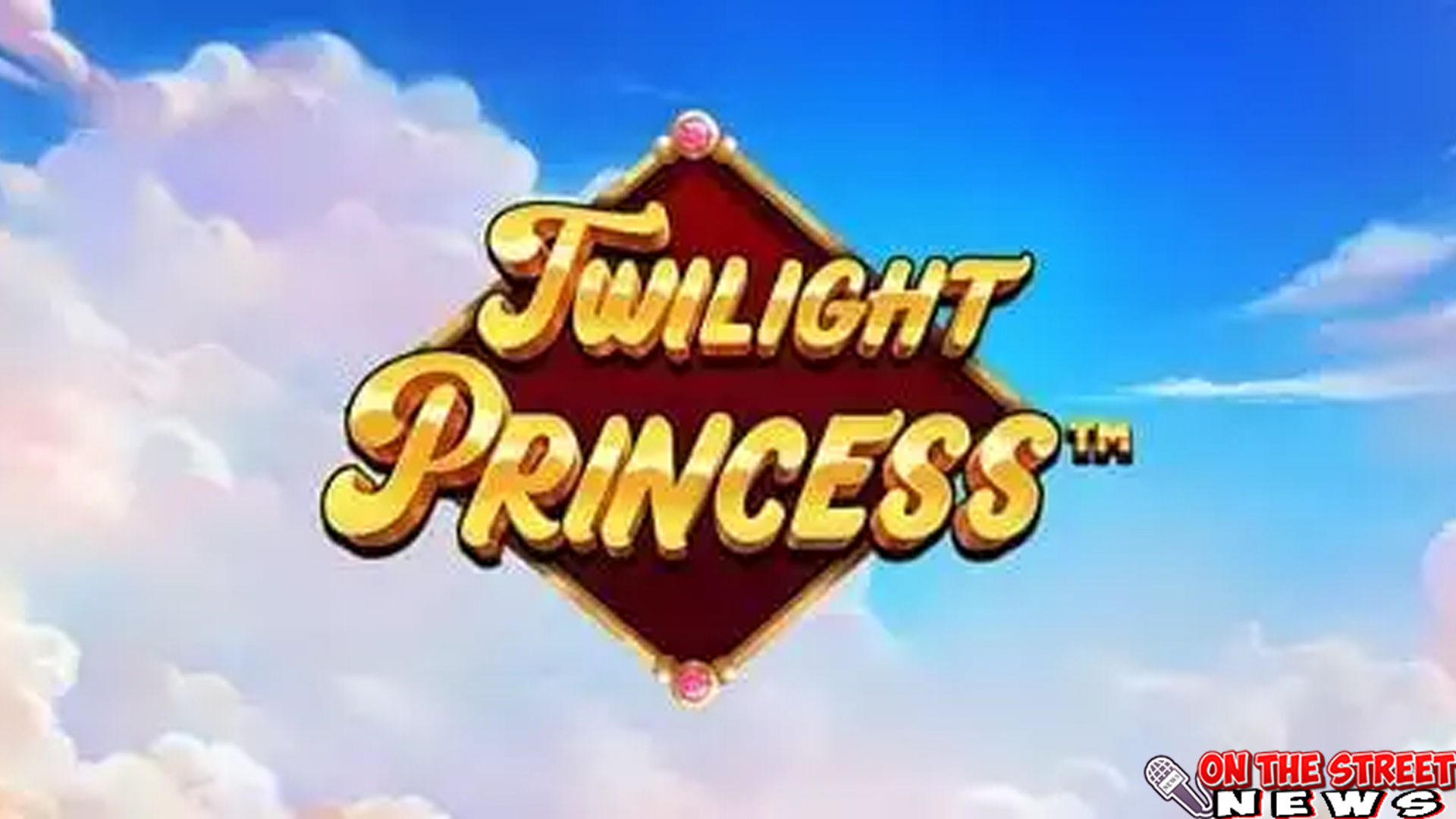On The Street News – thegardenbarnhouse.com – Avril Lavigne Ikon Rock dengan Karisma2 Memikat Ketika nama Avril Lavigne di sebut, dunia musik rock langsung teringat […]
Slot Online Sketsa 5 Terumbu Karang Wild Depths Autentik
thegardenbarnhouse.com – Slot Online Sketsa 5 Terumbu Karang Wild Depths Autentik Kalau ngomongin slot online yang punya konsep beda dari biasanya, Wild Depths langsung nongol […]
Penyanyi Tyla Bintang Muda dengan Suara2 Memukau
On The Street News – thegardenbarnhouse.com – Penyanyi Tyla Bintang Muda dengan Suara2 Memukau Tyla, sosok penyanyi muda yang baru-baru ini mencuri perhatian, tidak hanya […]
Link Gacor Gem Fire Fortune 3 Jejak Gila dalam Jam Tertentu!
thegardenbarnhouse.com – Link Gacor Gem Fire Fortune 3 Jejak Gila dalam Jam Tertentu! Game ini nggak nunggu aba-aba buat ngasih kejutan. Di satu jam bisa […]
Rizwan Fadilah Hadir dengan Suara2 Memikat dan Energi Baru
On The Street News – thegardenbarnhouse.com – Rizwan Fadilah Hadir dengan Suara2 Memikat dan Energi Baru Kehadiran Rizwan Fadilah dalam dunia musik bukan sekadar tambahan […]
Slot Indonesia Sensasi Menang Paling Gila2 di Dance Party!
thegardenbarnhouse.com – Slot Indonesia Sensasi Menang Paling Gila2 di Dance Party! Kalau ngomongin game slot yang bukan cuma kasih sensasi biasa tapi juga bikin deg-degan […]
Pesona Natalie Cole Dari Lagu2 Hits Legenda Musik Abadi
On The Street News – thegardenbarnhouse.com – Pesona Natalie Cole Dari Lagu2 Hits Legenda Musik Abadi Natalie Cole berhasil mengukir namanya di dunia musik sebagai […]
Ruby8000 Link Alternatif Spin 1x Jackpot Twilight Princess!
thegardenbarnhouse.com – Ruby8000 Link Alternatif Spin 1x Jackpot Twilight Princess! Gak semua hari bisa di awali dengan hoki, tapi game Ruby8000 dengan Link Alternatif Spin […]
Sabrina Carpenter Pop Star Muda yang Makin Bersinar!
On The Street News – thegardenbarnhouse.com – Sabrina Carpenter Pop Star Muda yang Makin Bersinar! Nama Sabrina Carpenter kini bukan cuma jadi perbincangan fans musik […]
Link Alternatif RUBY8000 Temukan Pesona Slot Irish Charms!
thegardenbarnhouse.com – Link Alternatif RUBY8000 Temukan Pesona Slot Irish Charms! Langit mendung bisa jadi terang kalau kamu tahu harus ngeklik ke mana. Salah satunya? Link […]










